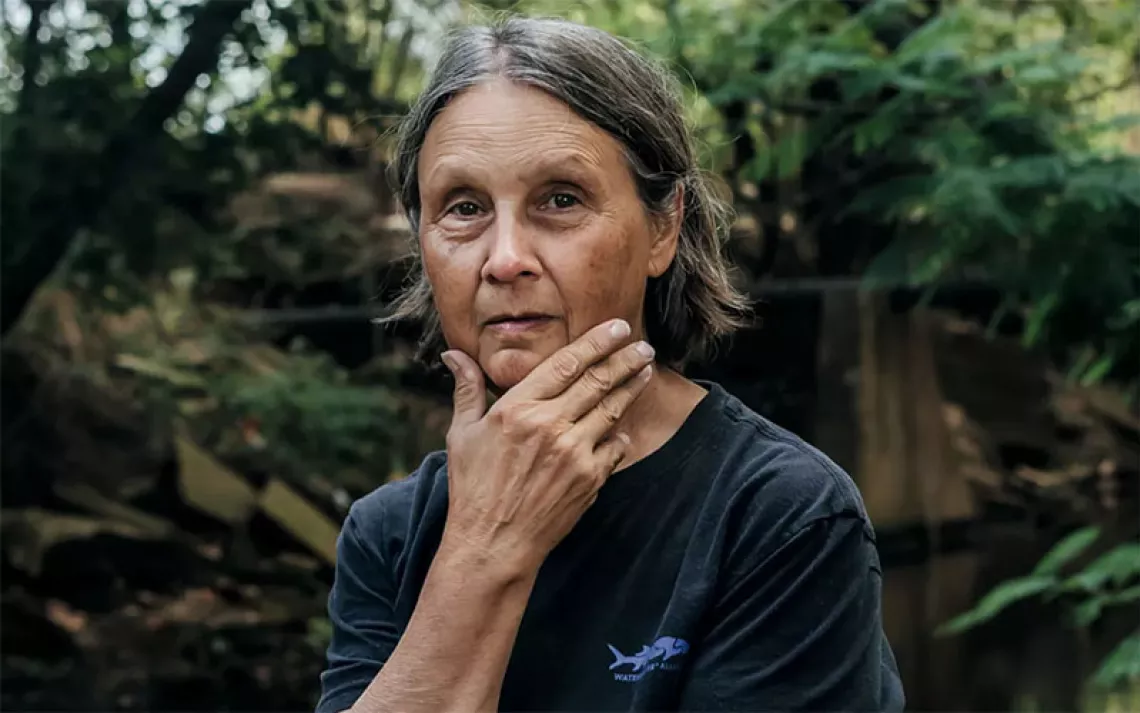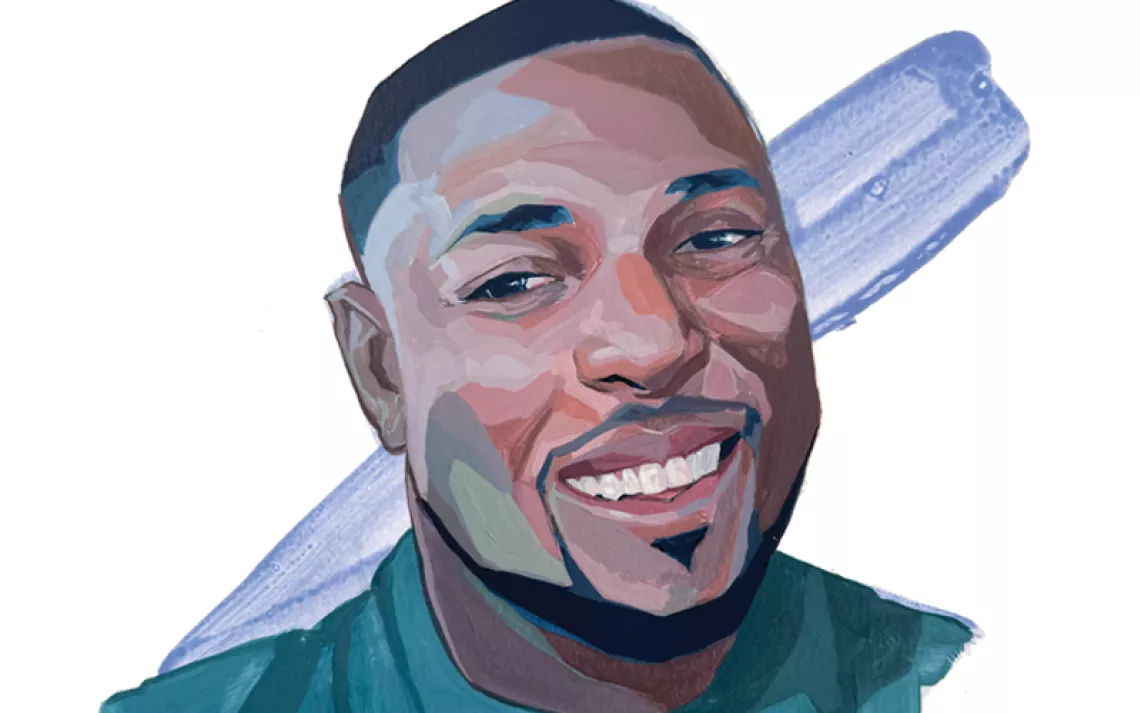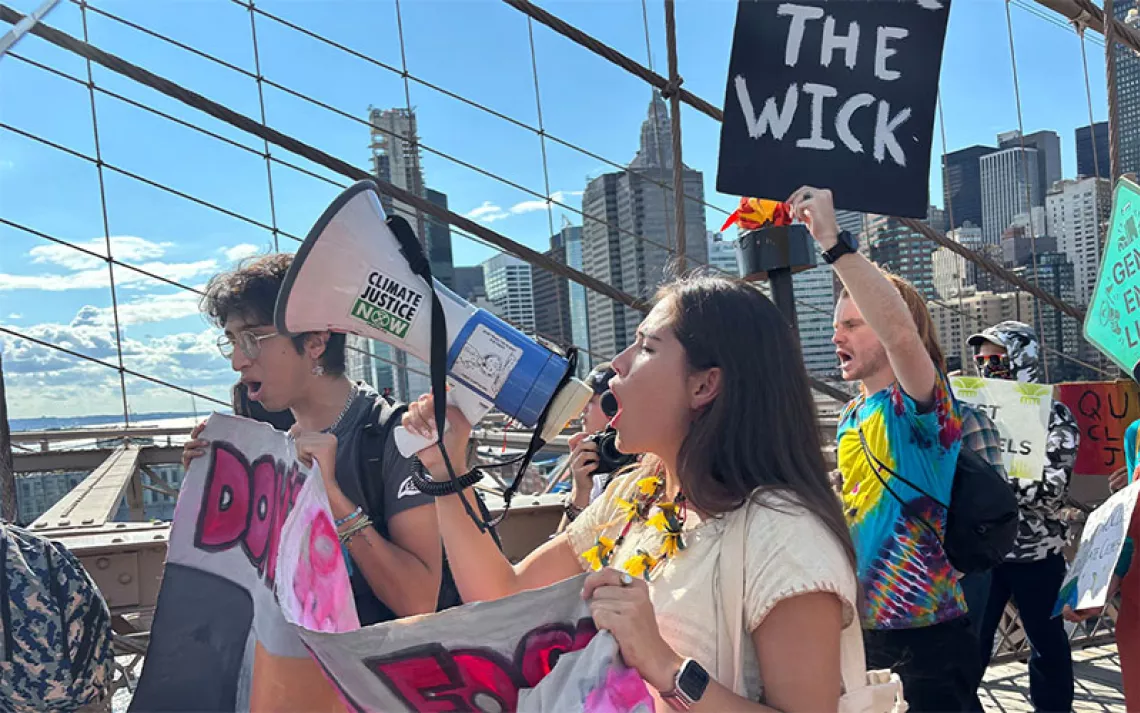People's Climate March: Get on the Bus
The 400,000 people who gathered in New York ignited a big bang that will reverberate for years

Late on a Saturday afternoon, 150 people boarded three buses near Chicago's Union Station and settled in for an 800-mile overnight trip through Indiana, Ohio, Pennsylvania, and New Jersey. When the buses finally rolled into New York City the next morning, September 21, any weariness from the long drive was forgotten.
I ran into these hearty travelers shortly after they arrived in downtown Manhattan for the People's Climate March. Earlier that morning, I'd been nervous. What if only a few thousand people showed up? I knew that more than 600 buses were expected from around the country, but that still left us a long way from our goal of at least 100,000 marchers. What if the efforts of more than 1,500 organizations hadn't been enough?
Clearly, I needn't have worried. The folks from Chicago—many of them Sierra Club members—ended up being part of the largest climate protest ever. Over 400,000 people filled all four lanes of Central Park West for miles—a throng that was somehow organized and chaotic at the same time. The Chicagoans joined the swirling crowd and marched the distance. Some of them told me it was one of the best moments in their life—to see so clearly that they were not alone.

And when they finished marching, they got right back on their buses for the long ride home, but not before thanking me for the Sierra Club's role in helping to plan and execute the march. That was humbling, because they were the ones whose passion had made the march so successful.
Together, we created a big bang that will reverberate for years. Certainly, we were heard at the U.N. Climate Summit that began two days later. "Our citizens keep marching," President Barack Obama told the delegates. "We cannot pretend we do not hear them." At the same time, the success of the march will push the president and other leaders here at home to make the right decisions on issues like tar sands pipelines, fracking, and coal exports. In fact, it should inspire climate leadership across the board—including from governors, mayors, and investors.
Of all the homemade signs at the march—and I saw thousands—my favorite was one that has also appeared at recent civil rights protests: I CAN'T BELIEVE I STILL HAVE TO PROTEST THIS CRAP.
Exactly.
Together, we created a big bang that will reverberate for years.
It's crazy that we even need a People's Climate March when the consequences of inaction and the benefits of solutions grow more obvious every day. Thirty years from now, it will seem absurd that people had to march for the right to get their power from the sun, and to stop the insanity of extracting, burning, and dumping fossil fuels. Our children and their children will consider it outrageous that 400,000 people had to converge on New York City to demand that elected officials and corporate executives steer toward a healthier, more prosperous, and more just future.
What we need to do now is to harness all that passion and hope that filled the streets of Manhattan and use it to continue winning clean energy campaigns at the local level—whether by stopping fracking in Illinois, shutting down coal plants in Pennsylvania, or defending renewable energy standards in Michigan.
It's important to bear in mind that almost all of these clean energy victories have been the result of local campaigns. And the Sierra Club, your Sierra Club, has been at the forefront of many of them. If you're not already involved, I'm inviting you to join the volunteer activists in your local chapter or group to help us build an economy that's 100 percent powered by clean, safe, renewable energy.
It's time for all of us to climb aboard the bus.
 The Magazine of The Sierra Club
The Magazine of The Sierra Club



